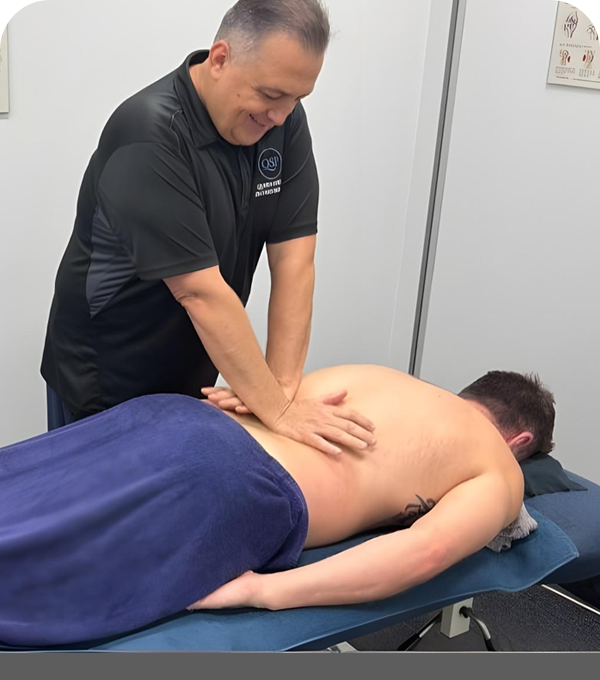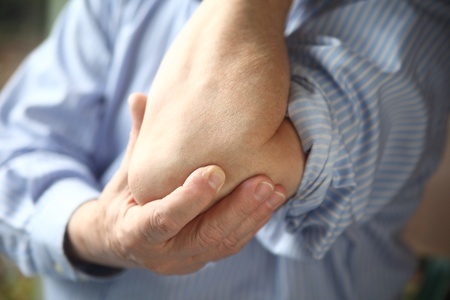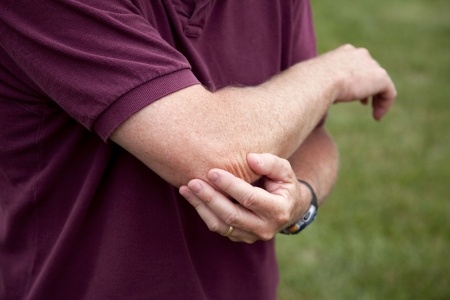

Tennis Elbow /
Golfers Elbow

With the warmer weather, you may get out to play more golf or have a few rounds of tennis. You may decide to give the back shed a few coats of paint, put together a new fence, or build a brick retaining wall.
Part way through, or after the game, you find you have increasing pain around the outside of your elbow. Even while resting, the muscles around your elbow still ache.
The pain gets worse when you shake hands, try to open jars or brush your hair. Your grip feels as weak and limp as a soggy piece of paper – particularly trying to hold or carry anything heavy like the groceries.
Depending on where you have injured your arm, you may also get pain when you open your fingers (tennis elbow) or when you make a fist (golfers elbow).
Elbow pain is an extremely common overuse injury, particularly for people between 30-50. It mainly occurs on the side of your preferred hand – so your right elbow if you are right handed.
The pain comes from micro-tears in the tendons that attach near your elbow. Pain near the bump on the outside of your elbow is called tennis elbow or lateral elbow tendinopathy or tendinosis. Pain near the bump on the inner side of your elbow is called golfers elbow or medial epicondylitis.
Causes of Tennis or Golfers Elbow
- Lack of strength or flexibility in your forearm or shoulder muscles
- Using the wrong sized equipment for your grip
- Poor sporting technique that places strain on your elbow
- Repetitive arm movements
- Sudden jarring through using hammers or crowbars
- Carrying or lifting heavy weights
- Tennis rackets with too tight strings or hitting a wet tennis ball

First aid for Tennis Elbow or Golfers Elbow
First aid consists of resting the affected area, repeated ice packs (15 minutes at a time up to 6 times a day), and taking anti-inflammatory painkillers such as ibuprofen.
Physiotherapy Options
While you can leave your injury to heal itself, this can take up to 2 years. Tennis elbow and golfers elbow heals faster when combined with a solid physiotherapy program. The sooner you get to a physiotherapist, the sooner you can get started on a program.
Physiotherapy may include massage and mobilisation of your neck, shoulders, upper back and elbow joints, electrotherapy and dry needling. You will be prescribed a range of different exercises over your treatment plan, to gradually stretch and strengthen your muscles and tendons.
You may also have your injury taped or have an elbow brace fitted depending on your injury to help support and heal. It is important to have elbow braces fitted in discussion with your physiotherapist, as you need to ensure you get the right one for your injury, the right size for your body, and to use them in the correct way.
If the injury is due to poor form, you may be referred to one of our exercise physiologists to help you correct your form and find the right equipment for your build.
While the vast majority of cases are healed within a few months, a few severe cases may end up requiring surgery as a last resort.
Things to Remember
- Tennis elbow & golfers elbow are common elbow overuse injuries.
- Pain comes from micro-tears in your tendons.
- Physiotherapy is a proven method to speed healing, and regain strength and flexibility.

